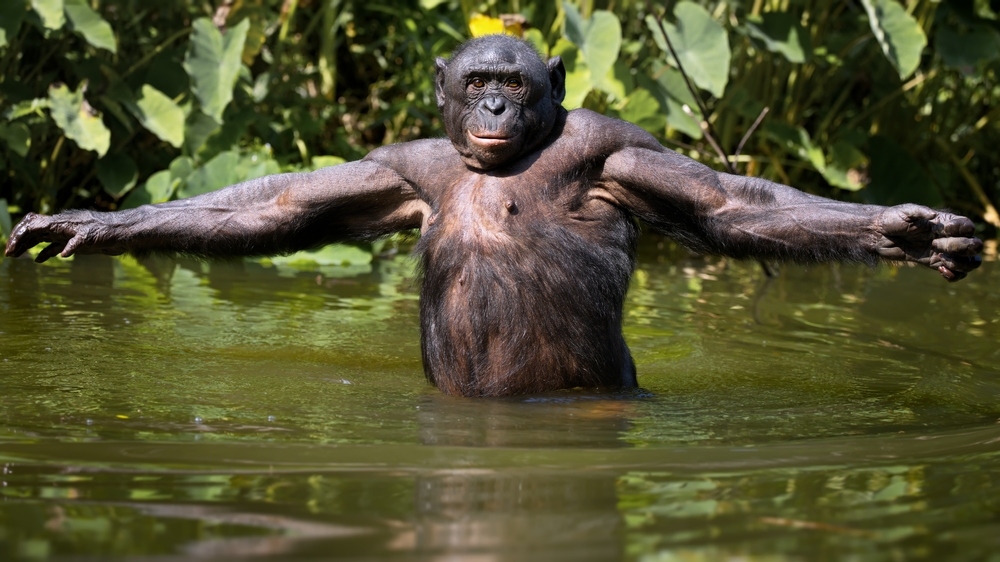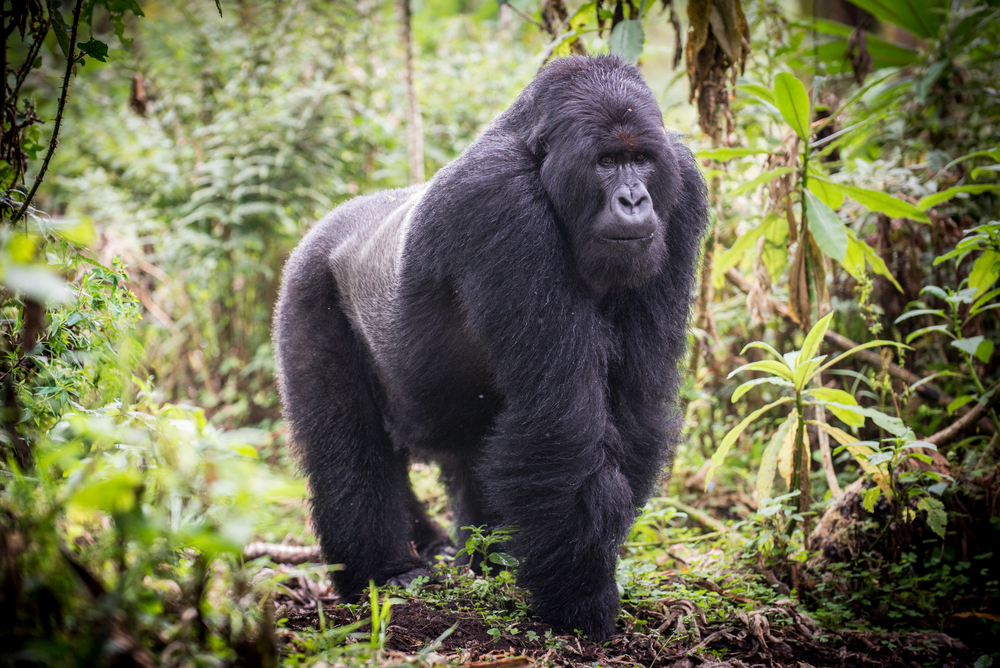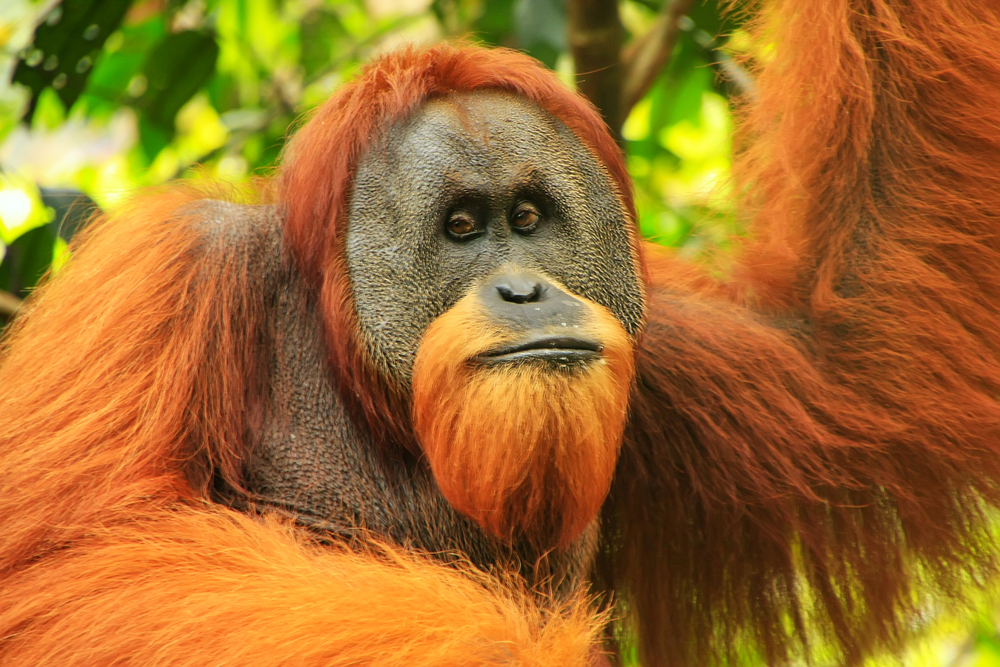About
#Mammals
#Primate
The bonobo (Pan paniscus) is one of humanity’s closest living relatives, sharing about 98.7% of its DNA with humans. Alongside the common chimpanzee (Pan troglodytes), the bonobo is part of the Hominidae family, which includes great apes and humans. Native exclusively to the lowland rainforests of the Democratic Republic of the Congo, south of the Congo River, the bonobo is distinguished by its peaceful, matriarchal society and high levels of social intelligence.
Adult bonobos are slightly smaller and more slender than chimpanzees, standing around 70 to 90 cm (28 to 35 inches) tall when upright and weighing 30 to 45 kg (66 to 99 pounds). They have black faces with pink lips, expressive eyes, and a part in the hair atop their heads. Bonobos walk upright more frequently than other apes and have long limbs that aid in climbing and foraging.
Bonobos live in complex, fission-fusion societies that can number up to 100 individuals. Unlike chimpanzees, whose groups are often male-dominated and aggressive, bonobo communities are led by females and emphasize cooperation, empathy, and conflict resolution through social bonding and sexual behavior. These traits have earned them the nickname “the peaceful ape.”
Their diet is primarily frugivorous, but also includes leaves, seeds, flowers, and occasionally insects or small animals. Bonobos are highly intelligent, capable of tool use, facial communication, and problem-solving. Much of what we know about human empathy, social development, and cooperative behavior is informed by studying bonobos.
Despite their fascinating nature, bonobos are Endangered, with fewer than 50,000 individuals left in the wild. Their survival is threatened by habitat loss, poaching, and civil unrest in their limited range. Conservation efforts include protected areas, anti-poaching programs, and awareness campaigns.
Threatened:
Extinct
Critically Endangered
Endangered
Vulnerable
Near Threatened
Least Concern






































































